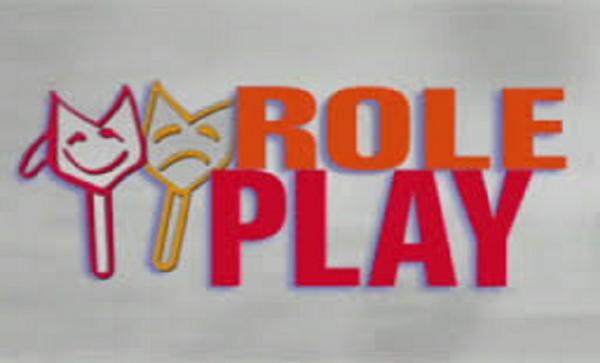What is role-play

Role-play is any speaking activity when you either put yourself into somebody else’s shoes, or when you stay in your own shoes but put yourself into an imaginary situation.
Imaginary people – The joy of role-play is that students can ‘become’ anyone they like for a short time! The President, the Queen, a millionaire, a pop star, the choice is endless.
Students can also take on the opinions of someone else. ‘For and against’ debates can be used and the class can be split into those who are expressing views in favour and those who are against the theme.
Imaginary situations – Functional language for a multitude of scenarios can be activated and practiced through role-play. ‘Delivering service at the restaurant’, ‘Managing shop floor at Airport Lounge’, ‘Looking for promoting real estate’ are all possible role-plays.
Role playing can be used with students of most ages. The complexity of the role situations must be minimized in using the method with student. But if we keep it simple for their limited attention spans, role playing can be used even in teaching pre-schoolers.
Role playing allows people to make mistakes in a nonthreatening environment. They can test several solutions to very realistic problems, and the application is immediate. It also fulfils some of the very basic principles of the teaching-learning process such as learner involvement and intrinsic motivation. A positive climate often results in which one can see himself as others see him.
The involvement of the role playing participants can create both an emotional and intellectual attachment to the subject matter at hand. If a skilful teacher at #bestBBAcollege can accurately match the problem situation to the needs of his group, the solving of realistic life problems can be expected.
The author of this article is Asst. Professor Pioneer Institute of Professional Studies Indore.





